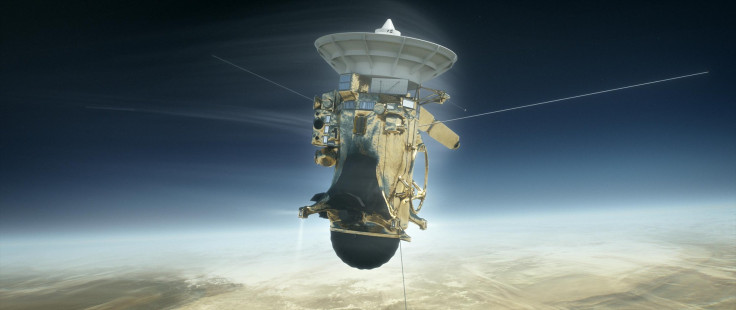Saturn Mystery: NASA’s Dead Cassini Spacecraft Could Unlock Secret Behind Hot Atmosphere

KEY POINTS
- NASA and the ESA conducted a new study using data collected by Cassini
- Cassini's mission ended after it crashed on Saturn
- Auroras are heating up Saturn's atmosphere
A dead satellite that was launched by NASA and the European Space Agency (ESA) over two decades ago has solved the mystery behind Saturn’s hot atmosphere. Recently, a team of scientists released a new study using the data collected during the mission.
The new study was conducted by researchers from NASA and the ESA. Their findings were presented in a new study published in the journal Nature Astronomy.
The satellite known as Cassini was officially launched on Oct. 15, 1997. Its main objective was to study Saturn and its surrounding system of rings and natural satellites. After losing contact with the satellite in 2017, NASA and the ESA considered it as non-operational. A few days later, Cassini crashed into Saturn.
During the course of its mission, Cassini was able to collect valuable information regarding Saturn. After going through the data collected by the satellite, scientists were able to solve the mystery regarding the bizarre conditions of Saturn’s atmosphere.
Saturn is the sixth planet from the Sun on the Solar System. Due to its distance from the Sun, the planet does not receive heat from sunlight. However, despite its environmental condition, Saturn’s atmosphere is very hot.
After going through the data collected by Cassini, the scientists learned that the planet’s atmosphere is constantly heated up by auroras, which are produced by the solar winds emitted by the Sun.
According to the scientists, these solar winds interact with the stream of charged particles that flow from Saturn’s moons. This creates a constant flow of charged particles into the planet’s atmosphere. As these particles interact with the magnetic field of Saturn, auroras in the atmosphere are formed.
According to Tommi Koskinen, a co-author of the study and a member of Cassini's Ultraviolet Imaging Spectograph team, the latest discovery provides valuable information regarding the complex conditions of Saturn.
“The results are vital to our general understanding of planetary upper atmospheres and are an important part of Cassini's legacy,” he said in a statement. “They help address the question of why the uppermost part of the atmosphere is so hot while the rest of the atmosphere — due to the large distance from the Sun — is cold.”
© Copyright IBTimes 2025. All rights reserved.





















